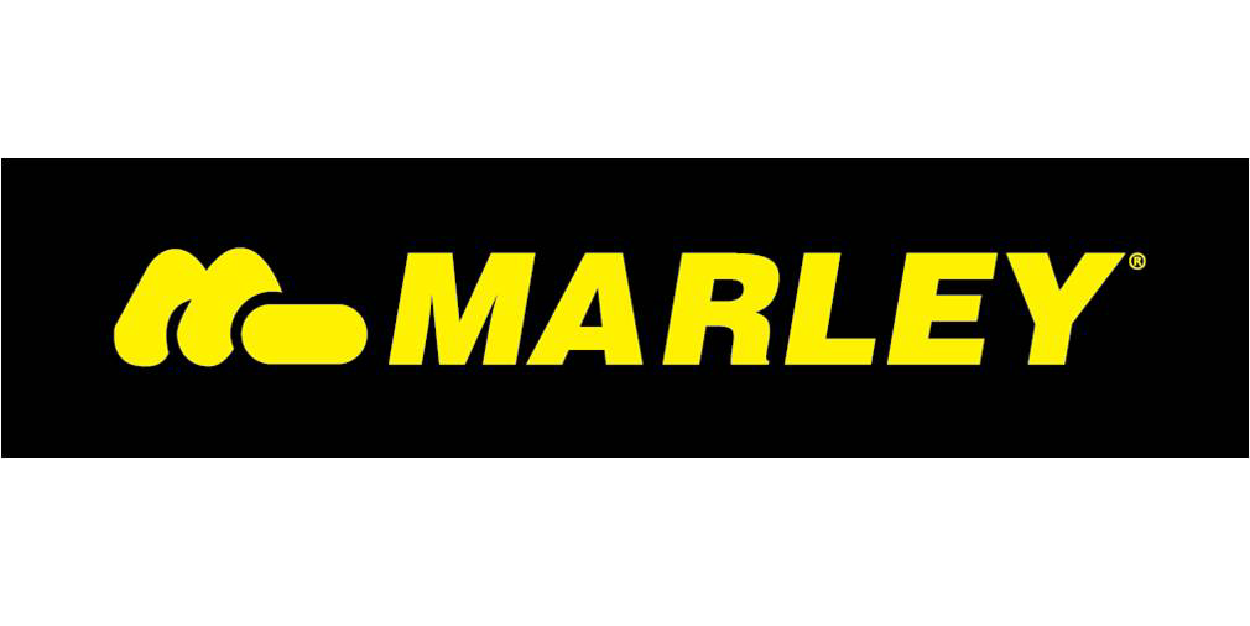
Call Today 09 973 4973 or
Maintaining a swimming pool or spa is a significant task for homeowners. Among the many concerns, one of the most critical is the potential for leaks. Water leaks can cause substantial damage and waste, leading to costly repairs and high utility bills. This article will provide insights into leak detection for swimming pools and spas.
Causes of Leaks in Pools and Spas
Pools and spas can develop leaks for several reasons. Material degradation due to aging, fluctuating temperatures, ground movement, and even accidental damage are all potential causes. Leaks can occur in the pool or spa shell, plumbing system, or equipment like pumps and heaters.
Signs of a Leak
While some leaks are apparent, like visible cracks in the pool or spa shell, others are less obvious. Here are some signs you might have a leak:
- Loss of Water: If you need to add water to your pool or spa more frequently than usual, it could be due to a leak.
- Algae Growth: Even with proper chemical balance, if algae are persistently present, it could be a sign of a leak diluting the chemicals.
- Soggy Soil: Wet, mushy, or eroded areas around the pool or spa that can’t be explained by other causes like rainfall could indicate a leak.
- Increased Water Bills: An unexplained surge in your water bill could point to a hidden leak.
- Cracks or Damage: Any visible damage to the pool or spa surface or surrounding area might suggest a leak.
The Bucket Test
One way to determine if your pool or spa is losing water due to evaporation or a leak is the bucket test. Fill a bucket with water and mark the water level. Then place the bucket in the pool or spa and mark the water level on the outside. After 24 hours, if the water level inside the bucket is considerably higher than the pool or spa water level, you might have a leak.
Professional Leak Detection
If you suspect a leak in your pool or spa, it’s advisable to seek professional help. Leak detection specialists have the training and equipment to find leaks quickly and accurately. They use a variety of techniques such as pressure testing, dye testing, and electronic equipment to locate leaks.
Addressing the Leak
Once a leak is detected, it’s crucial to repair it promptly to prevent further water loss and potential damage. Depending on the location and size of the leak, repairs might involve patching a small area, replacing a section of the pool or spa, or fixing a plumbing issue.
In conclusion, detecting and addressing leaks in your swimming pool or spa is critical for maintaining its longevity and efficiency. Staying vigilant for signs of potential leaks and seeking professional help when needed can prevent unnecessary damage and expense.
Suppliers




